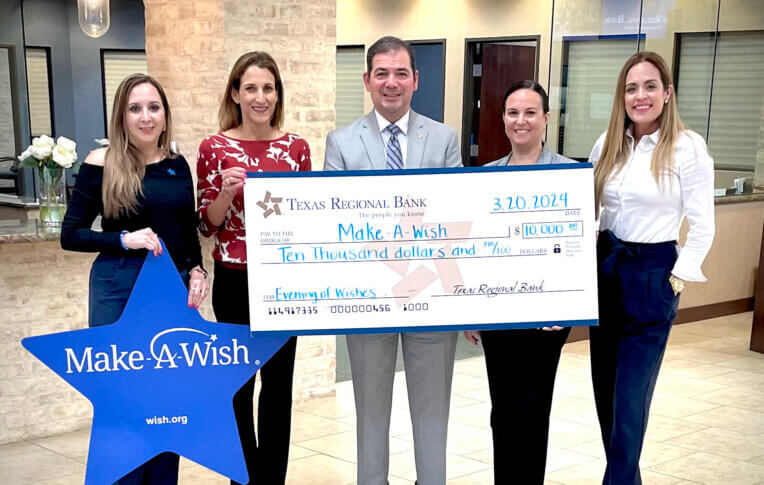Prior to 2022, you may have considered refinancing your mortgage to lower your interest rate or reduce the amount of your monthly payments. With interest rates going up, you may have crossed home refinance off your to-do list.
But there’s one kind of mortgage refinance loan that might be ideal if you need cash to pay for a home improvement project, consolidate higher-interest debt or cover unexpected medical bills. It’s called a cash-out refinance. With the overall spike in home values, a cash-out refinance still might make sense.
Key Takeaways:
- Simply put, a cash-out refinance lets you borrow against the equity in your home.
- Most lenders will let you borrow as much as 80% of your home’s value.
- Some of the factors that go into figuring out whether you qualify for a cash-out refinance are: Credit score, Debt-to-income ratio, and Loan-to-value ratio.
What is a cash-out refinance, and how does a cash-out refinance work? Read along to learn more about this mortgage lending option.
What Is a Cash-Out Refinance?
Simply put, a cash-out refinance lets you borrow against the equity in your home.
With a cash-out refinance, you exchange your existing mortgage for a new mortgage that exceeds the amount you own on the original mortgage. You then can receive the difference between the market value of your home and the amount you owe on the original mortgage in the form of a lump-sum payment. The cash can go toward pretty much any purpose, such as a home improvement project.
How Does a Cash-Out Refinance Work?
Let’s say the value of your home is $300,000 and you owe $100,000 on your mortgage. This gives you $200,000 in home equity.
Most lenders will let you borrow as much as 80% of your home’s value. In other words, you must hang onto at least 20% of your equity. In this example, you’d be able to borrow up to $240,000 with $100,000 going to pay off the existing mortgage and $140,000 as cash-out.
The cash-out amount, given to you in a lump sum, is tacked onto the existing mortgage. So, if your mortgage balance is $100,000 and you decide to cash out $70,000 of your equity, the new amount of principal on your loan would be $170,000.
Keep in mind that closing costs for a cash-out refinance typically range from 2% to 5% of the loan. Those costs can be rolled into the mortgage.
Related Article:
How Do You Qualify for a Cash-Out Refinance?
Some of the factors that go into figuring out whether you qualify for a cash-out refinance are:
- Credit score. Most lenders want a cash-out refinance borrower to have a credit score of at least 620. A higher credit score likely will lead to more favorable terms, such as a lower interest rate.
- Debt-to-income ratio. This ratio, known as DTI, typically should be 45% or less. You calculate this ratio by totaling your monthly debts, such as mortgage payments and credit card bills, as dividing that number by your monthly gross income. So, if your monthly gross (pretax) income is $6,250 and your monthly debt payments (excluding things like groceries and utility bills) are $3,000, your DTI would be 40%.
- Loan-to-value ratio. This ratio, known as LTV, compares the amount of your mortgage loan to the appraised value of your home. A lender likely will want your LTV to be 80% or less.
Useful Links:
How Can You Spend Cash From a Cash-Out Refinance?
You can spend cash from a cash-out refinance for a number of purposes. Common uses for the cash include:
- Debt consolidation.
- Home improvement projects.
- Addition of a swimming pool.
- College tuition.
- Unexpected medical bills.
- Care for elderly parents.
Are you interested in a cash-out refinance loan? If so, make an appointment today (in person or by phone) with a member of Texas Regional Bank’s mortgage team.
Texas Regional Bank Mortgage, NMLS Number 804865. All loans subject to approval, including credit approval. Some Restrictions may apply. Texas Regional Bank Mortgage may change the products, services, and other information described on this site at any time. Texas Regional Bank Mortgage does business as TRB Mortgage in the State of Texas.




